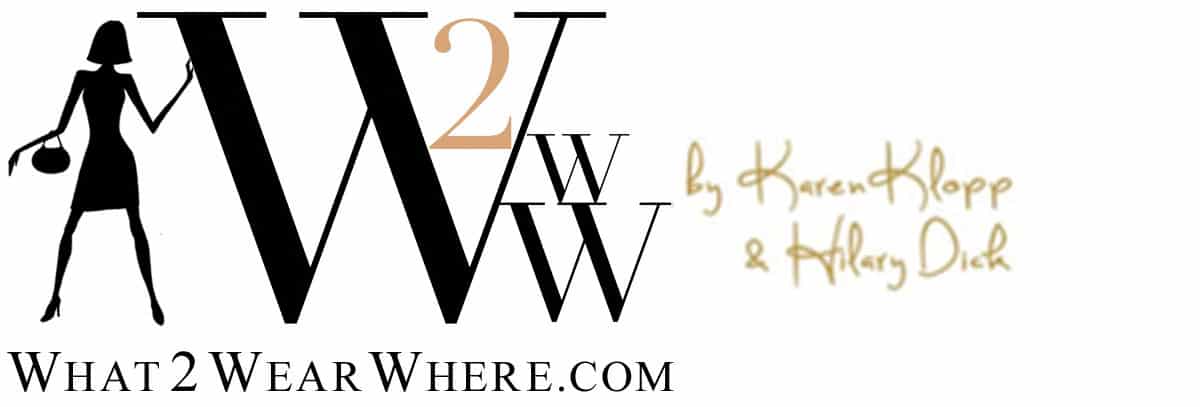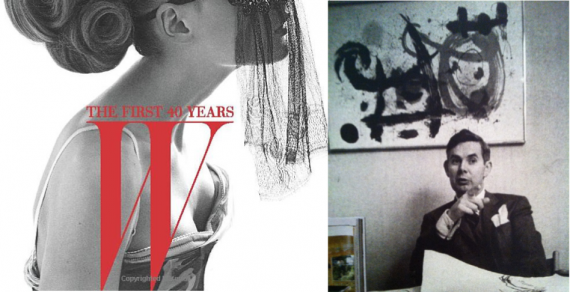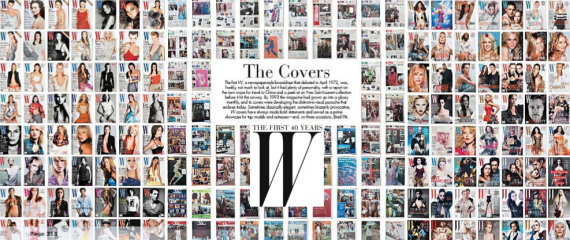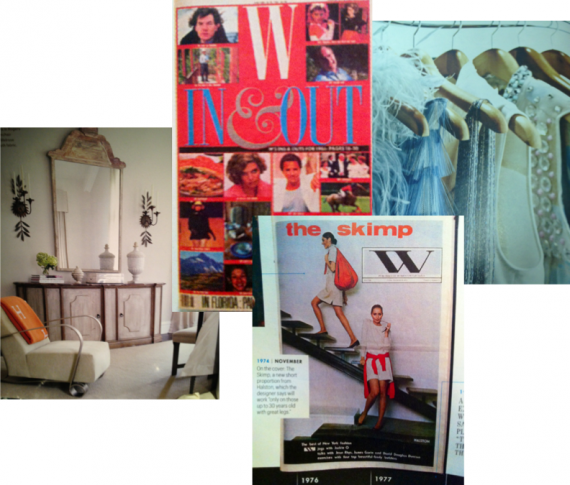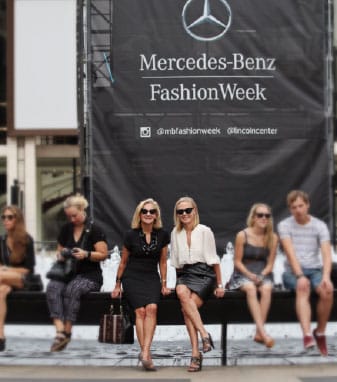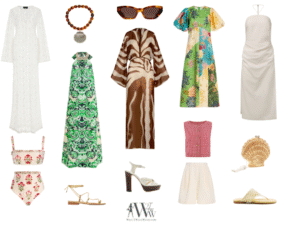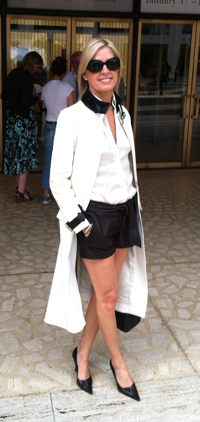 Congratulations to W on its 40th anniversary!
Congratulations to W on its 40th anniversary!
The family didn’t want him to do it – he did it anyway.
People thought he was mad. An oversized magazine that came in lots of sections and appeared every two weeks rather than monthly? A magazine printed on slick newsprint-style paper rather than glossy? Really?
But my father, John Fairchild, proved to be a genius – and W was an instant success. Now as I look at the magazine’s latest, 4oth Anniversary issue – and the Abrams book marking the milestone – I am even more in awe than ever of what he did.
My father took what had made his Women’s Wear Daily a must-read – from Seventh Avenue to the White House to the fashion capitals of the world – and turned it into a magazine.
Along the way, he took no prisoners. What drove him was the same, whether it was for W or WWD: the story. There was no motive to anything he did but being the true reporter he always was – and still is.
He wanted the story and he wanted it first and better than anyone else. His two most withering comments? “It’s boring.” And, “That’s old news.” And he fought and he fought and he fought for the scoop.
So he had Halston dress up and stand on the pitcher’s mount at Yankee Stadium with models in the background. He previewed designer collections long before any of the other press got to see them – and put them on the cover of W. He did designers, decorators and celebrities at home – but with warts and all, not some perfectly airbrushed house that appeared as if no one lived in it.
People thought the oversized format couldn’t be done – but he did it because the photos looked better and advertisers loved the size of their ads. W came in sections so he could cover events right up until the last minute before it had to print – a newspaper culture that drove a magazine.
W was inside – telling readers about the latest restaurants, hotels, books, places long before anyone else. It was eclectic – ranging from a decorator at home in one section to an interview with the chairman of the Federal Reserve Board in another. It was spunky. And it could be bitchy.
My father invented the In and Out List – once declaring Japan, the entire country, “out.” He came up with the phrase Ladies Who Lunch, covering them as if they were Hollywood stars – and they fought like cats to be in the pages of W and WWD. The list of terms he invented goes on and on: the mini skirt, the midi, HotPants, Jackie O . . .
He expressed many of his opinions via his nom de plume, the Countess Louise J. Esterhazy, whose column in W got more letters than anything else. My father would take aim at everything from the boredom of fashion shows to designers’ egos to airport slobs to how Michelle Obama wasn’t that chic (sorry, Michelle, you can’t win them all).
My father never sold out to anyone – not designers, not celebrities, not advertisers. It cost him money at times, but he always won. A major watch brand was one of W’s largest advertisers – and one year my father put it on the “Out” list. The brand pulled its advertising in a huff – but was back a few issues later, spending as much. Giorgio Armani once gave the preview of his collection to Time Magazine rather than W – so my father didn’t cover Armani for an entire year. Armani eventually buckled.
My father was true to two people – himself and the reader – and that is what drove him in WWD and W.
Sure, I’m biased, but every fashion magazine today owes something to my father, for they all copied his ideas in one way or another. And as fashion magazines today are driven more and more by the demands of advertisers, they could use some of my father’s spunk.
People keep saying how everyone was afraid of my father, but that was only because he stuck to his guns and never compromised what he believed in. One of the series of stories he ran in W over the years was called The Originals. Well, my father is, by far, The True Original.
And, for that, fashion owes him a huge thanks.
Style on!
Jill Fairchild
